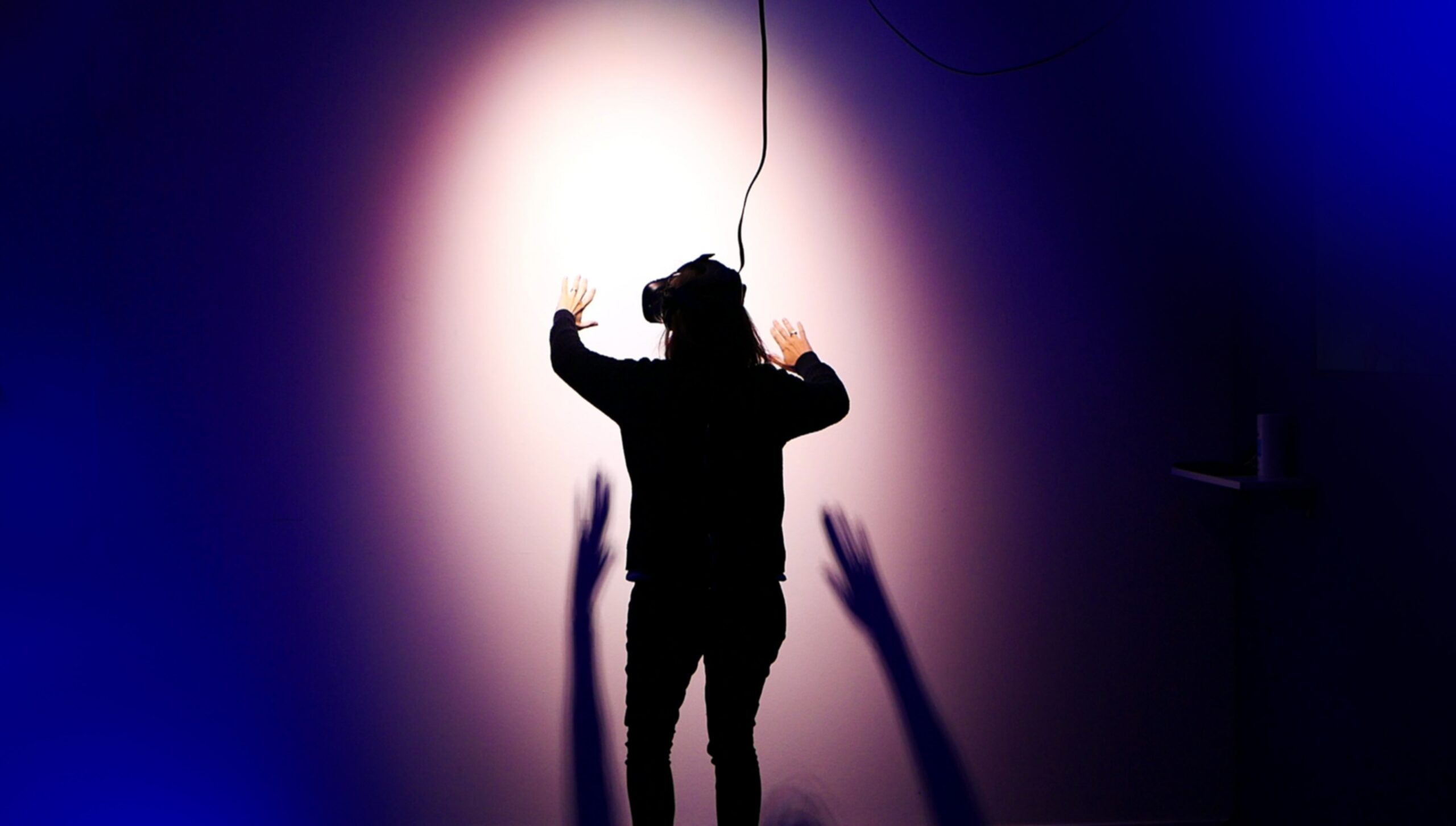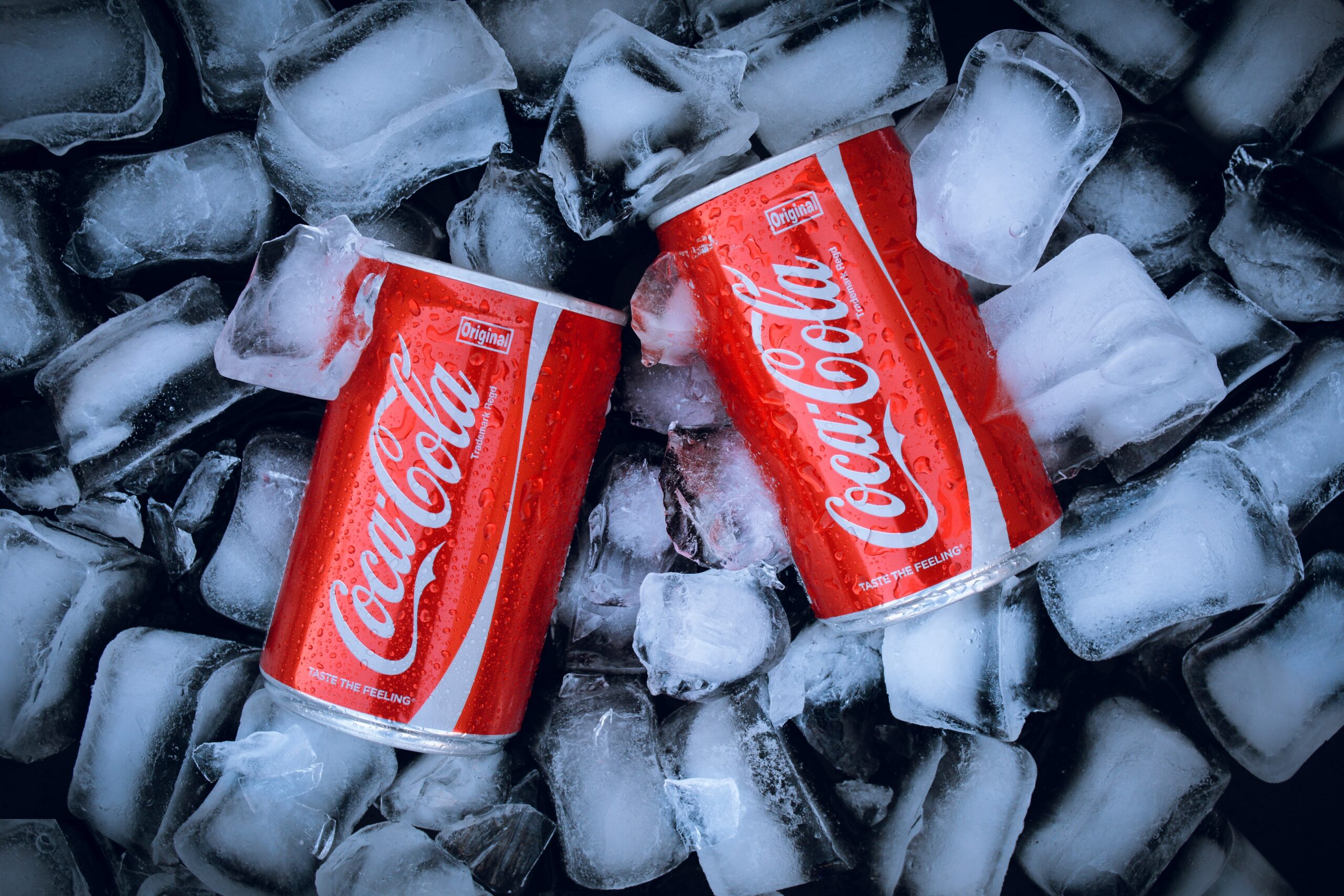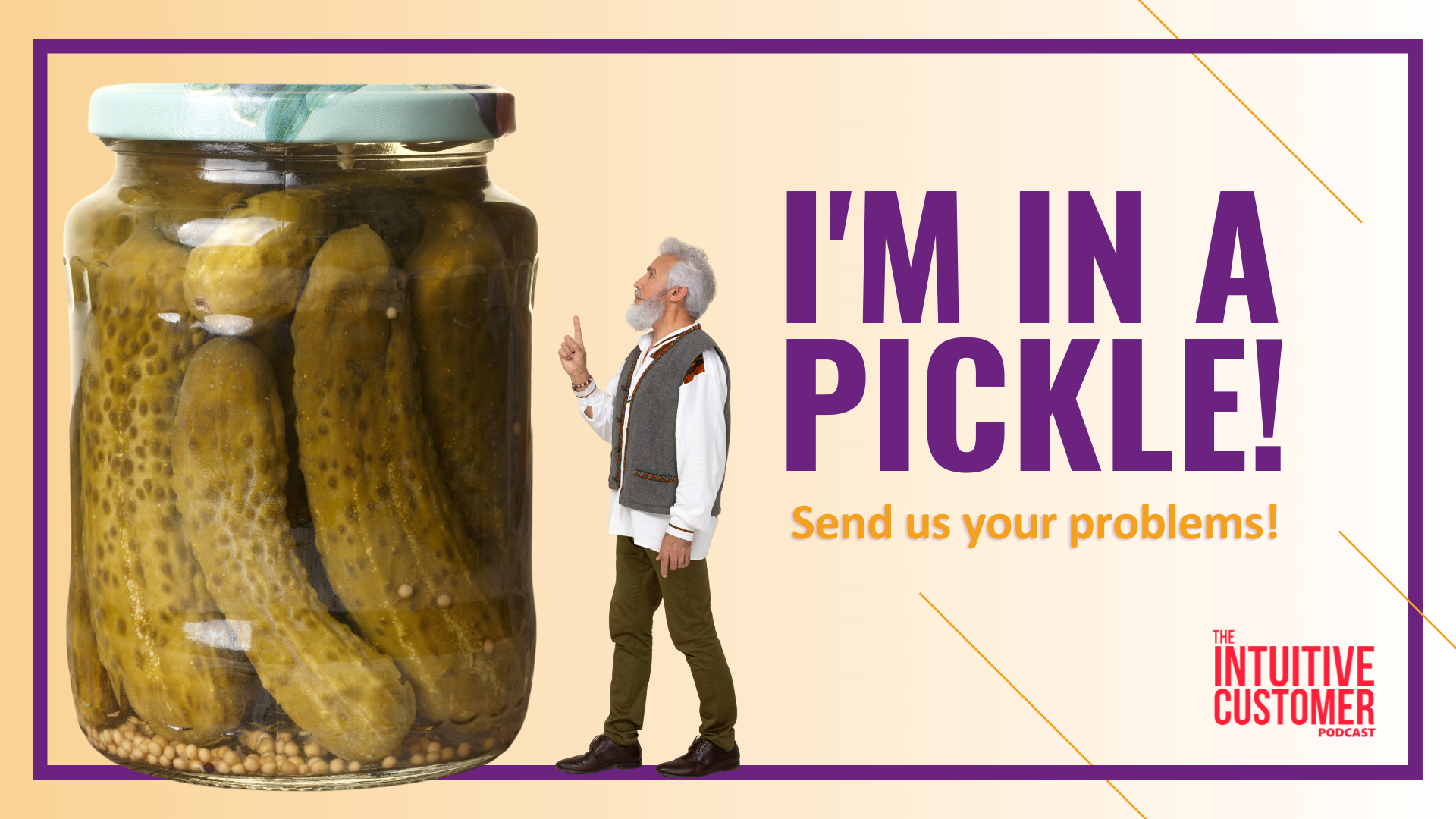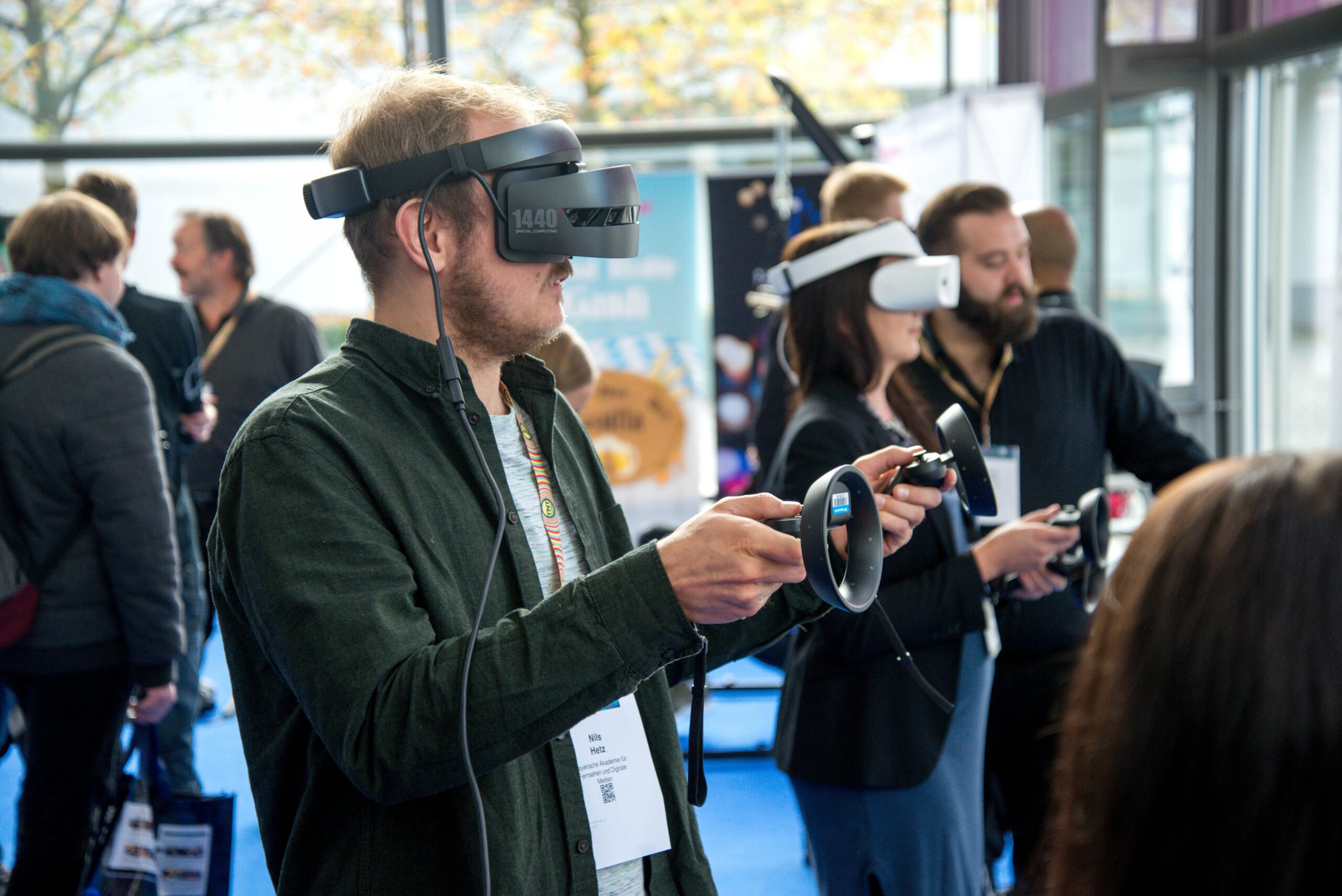By now, you have probably heard of the metaverse. If you haven’t, Fortune.com describes the metaverse as a digital universe that users access through virtual reality (VR). This metaverse concept is poised to change everything, from how we interact online to how we buy things to the way brands market themselves.
We hosted an expert on a recent podcast to tell us how the metaverse will change brand marketing. Dobrian Dobrev (@DobrianDobrev) is a User Experience Designer, a speaker at UX conferences, and author on UX Design and Information Architecture. He has been working with Coca-Cola on their use of the beginnings of the metaverse. Coke has been doing some exciting things with immersive technologies, including VR and augmented reality (AR), which Dobrev explains to us all.
I learned about the concept through the science fiction book Ready Player One. In it, people would live their lives inside a metaverse, only coming out of it to do necessary things to keep their physical body intact. In other words, their lives were in the metaverse, not the physical world.
(Author’s Note: The book is better than the movie.)
Ready Player One’s concept was an excellent idea for the fiction world but is starting to show up in the real world in a very non-fiction way. Dobrev has been heavily involved in VR and AR and mixing those realities in Coke’s physical and offline world. As a major global brand, what Coke has done in the space is a mixture between that theory and practice, which, as you might know, is something vital to me.
Dobrev describes augmented and virtual realities as technologies that supplement what’s real or plunge you into a virtual environment. AR enhances your physical world with a digital layer. A good example would be the Pokémon Go game. You were walking around in the physical world but collecting digital rewards. On the other hand, VR submerges you in a digital environment, like you might have seen in the Ready Player One trailer.
However, unlike the fictional movie, real-world VR is not about replacing the physical world with a digital world (yet). It’s about materialization. Dobrev says that the goal is to replace interactions with products, objects, or transactions we have now with enhanced or virtual experiences or interactions, like an ongoing evolution of the relationship between technology and humans.
Examples of the Immersive Experience
 The specific word for me here is immersive. If you consider Pine and Gilmore’s book The Experience Economy, the experience plunges customers into a different reality is quite a leap for the Customer Experience movement. Examples could be Disneyland Theme Parks or London’s War of the World’s VR experiences. There is also the Van Gogh immersive experience currently touring the US.
The specific word for me here is immersive. If you consider Pine and Gilmore’s book The Experience Economy, the experience plunges customers into a different reality is quite a leap for the Customer Experience movement. Examples could be Disneyland Theme Parks or London’s War of the World’s VR experiences. There is also the Van Gogh immersive experience currently touring the US.
Dobrev says his goal is to immerse our end users in the Coke culture narrative. So, they’re creating a solid connection with customers via an interaction with the products they bought and enhancing the experience with technology.
Usually, you think of VR as an entertainment experience. Coca-Cola did something like that with their VR Halloween Lift experience for their Fanta brand.
However, Coca-Cola is taking their use of AR and VR beyond traditional entertainment and gaming use into new areas. For example, Immersive Freedom is a concept Dobrev has written about in the past and describes how some AR and VR experiences can bring value to people’s lives.
For example, Coca-Cola developed an experience that increases hydration awareness.
The app interacts through customers’ wearables. For example, based on the data from the wearable, the application would inform customers that they needed to hydrate and show them the location to the nearest Coke Smart Cooler. Then, if customers go to the vending machine and buy something and scan it, the app’s functionality will enter it into the data about individual consumption and hydration goals. Moreover, the experience rewarded customers who reached hydration goals by giving that amount of water to an area of the world where clean water was not available.
These concepts go beyond digital interactions. They introduce a new relationship between digital and physical, between humans and technology. For example, the camera on the mobile device AR by turning the product into data. Then, virtual reality would immerse you in the small village where the clean water you earned for them would arrive.
 A couple of years ago, Coca-Cola also tapped into the reusable and sustainable movement for the VR headset. Dobrev says customers could buy products and convert the Coca-Cola branded packaging into a wearable VR headset.
A couple of years ago, Coca-Cola also tapped into the reusable and sustainable movement for the VR headset. Dobrev says customers could buy products and convert the Coca-Cola branded packaging into a wearable VR headset.
It was an excellent success for Coca-Cola in the US.
Coca-Cola also wanted to help small local businesses reinvigorate after the first major global lockdown because of COVID-19. So, in Open Like Never Before, they had the Easter Egg Augmented Reality experience. Users would find a digital coke in their neighborhood and then redeem it for an actual coke in your local café or local shop. Dobrev says it was easy to tackle from a feasibility standpoint and that it was a success across different regions.
So, If That’s Now, What’s Next with the Technology?
Dobrev says this technology will close the gap between customers and brands’ products and services. By immersing customers in a virtual experience, customers can play with the product or try a service without being in a physical place together.
This virtual interaction works across companies, from software to shoe retailers. Video games lead the use cases for the technology now, but following them are engineering, health care, real estate, and live events.
Experiences are changing, whether we want them to or not. The pandemic has accelerated these technologies’ relevance. With that in mind, here are some practical steps you should take for your organization.
Dobrev supposes we need to tweak our mindset. All of us are practitioners in Customer Experience, with developed working models and processes we follow, which work. However, he says we need to contextualize them to embrace this technology and provide optimal experiences for customers and users.
Next, Dobrev says we should begin thinking spatially. Customers today have a goal-oriented mindset upon entering your website or app. In other words, they have a goal they want to achieve and do not have patience for a suboptimal experience. However, customers switch from this goal-oriented mindset to an exploratory-oriented perspective with AR and VR. Gamers, he says, understand that exploring the environment is part of the game’s experience. Customers will adapt to that approach, too, for these AR and VR experiences. Dobrev says that doesn’t mean brands can provide a suboptimal experience; those details are still important.
Also, these opportunities are going to continue to expand. So, there’s an advantage for getting in early, as Coke has. Moreover, getting in now also has a novelty that will boost your engagement. Sure, it will still have an impact in years to come, but right now, few brands are using it so you can get a larger share of attention. The important thing is to start playing with it because you’re going to learn what works, what doesn’t. So, develop those skills early because you will likely end up here, anyway.
If you have a business problem that you would like some help with, contact me on LinkedIn or submit your pickle here. We would be glad to hear from you and help you with your challenges.
 Don’t miss CXN Live: Voice of the Customer 2022 for more great ideas on leveraging customer feedback to enhance customer understanding, optimize key touchpoints, identify friction points, and drive culture change.
Don’t miss CXN Live: Voice of the Customer 2022 for more great ideas on leveraging customer feedback to enhance customer understanding, optimize key touchpoints, identify friction points, and drive culture change.
There you have it. No promotions, no gimmicks, just good information.
Think reading is for chumps? Try my podcast, The Intuitive Customer instead. We explore the many reasons why customers do what they do—and what you should do about it. Subscribe today right here.



